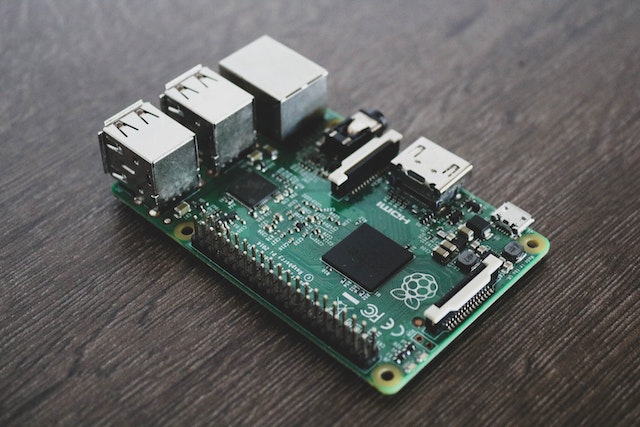Comparison of Organic Semiconductors with Inorganic Semiconductors
Organic Vs Inorganic Semiconductors: A Comparative Analysis in the Realm of Electronics
Semiconductors have been the backbone of electronic devices for decades, with silicon (an inorganic semiconductor) playing a leading role. However, a relatively recent player – organic semiconductors – is challenging this status quo. By understanding the main difference between organic and inorganic semiconductors, we can harness their unique properties for diverse practical applications.

Organic Semiconductors Vs Inorganic Semiconductors: The Basics
Inorganic semiconductors, such as silicon, are made up of small, repeating crystal structures, leading to a well-ordered and predictable arrangement of atoms. This uniform structure results in stable electrical properties and high charge carrier mobility.

On the other hand, organic semiconductors are primarily composed of carbon-based molecules or polymers. While they may not boast the robust crystal structure of their inorganic counterparts, organic semiconductors offer unique advantages, such as mechanical flexibility, lightweight nature, and the potential for cost-effective, large-scale production via methods like printing.
Comparing Properties: Electrical, Structural, and More
Electrical Properties
In terms of electrical properties, inorganic semiconductors typically outperform organic ones due to their crystalline structure and higher charge carrier mobility. However, the gap is closing, with advances in organic semiconductor devices such as organic field-effect transistors (OFETs) and organic light-emitting diodes (OLEDs).
Chemical Structure
The molecular structure of organic semiconductors enables them to be tuned for specific purposes. By adjusting the chemical structure of the organic molecules, researchers can manipulate the band gap, charge transport, and light absorption properties, among others. This flexibility is not as easily achievable in inorganic semiconductors.
Mobility
Mobility, a measure of how quickly charge carriers (electrons or holes) can move through a material, is typically higher in inorganic semiconductors. However, advances in conjugated polymers and semiconducting polymers have led to significant improvements in the mobility of organic semiconductors.
Practical Applications: Solar Cells and Beyond
One of the most promising applications of organic semiconductors lies in the field of solar cells. Organic solar cells, made from organic semiconductor materials, offer benefits like flexibility and semi-transparency, enabling them to be incorporated into windows or flexible surfaces. While organic solar cells do not yet match the efficiency of their inorganic counterparts, research is continually improving their performance.
Conclusion: The Future of Semiconductors
The comparison of organic and inorganic semiconductors reveals that each has unique advantages and areas where improvements can be made. The high charge carrier mobility and durability of inorganic semiconductors make them indispensable in the current electronic landscape. However, organic semiconductors, with their mechanical flexibility and tunable properties, hold immense potential for the future.
With continued research and development, the gap between these two semiconductors is set to reduce, leading to a convergence that could result in the creation of hybrid devices, combining the strengths of both organic and inorganic materials.
In this exciting landscape of semiconducting properties, the real winner will be the field of electronics, which will continue to evolve and innovate, riding on the strengths of both organic and inorganic semiconductors.




Comments are closed.